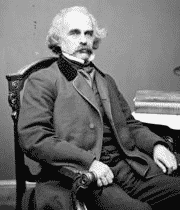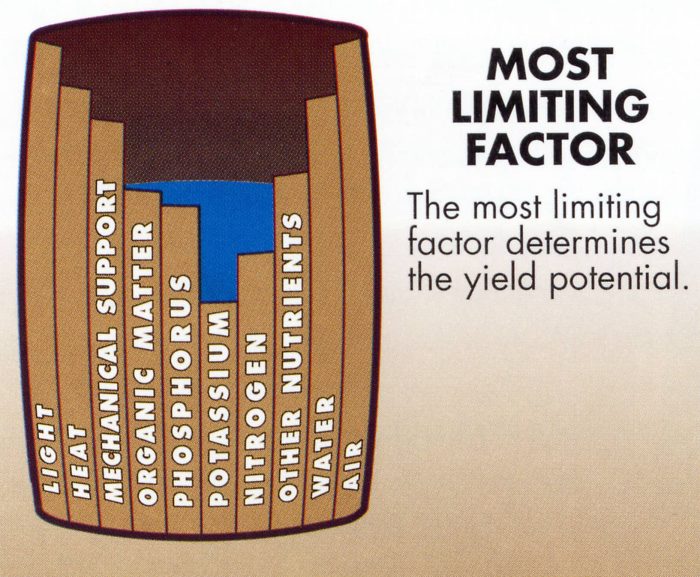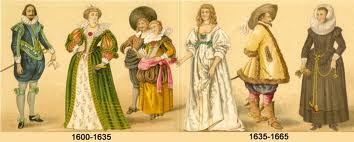William completed his Bachelor of Science and Master of Arts in 2013. He current serves as a lecturer, tutor and freelance writer. In his spare time, he enjoys reading, walking his dog and parasailing.
Article last reviewed: 2022 | St. Rosemary Institution © 2010-2025 | Creative Commons 4.0
The Record of Life *Everything changes over time. The Earth has changed dramatically during the estimated 4.6 billion years it has existed. – All of the biodiversity present on Earth today is a result of the evolution of unicellular organisms that lived billions of years ago. – Evolution: the change in populations over time – …
Horror: tense and profound fear, something that inspires dislike: something horrible Folklore: the traditional beliefs, customs, stories, songs, and dances of a culture Folktale: an anonymous, traditional story passed down orally, long before being written down Oral Tradition: literature that passes by word of mouth from one generation to another Myth: a traditional story of…
Chapter 1: – “It’s up to us, who are the dominant race, to watch out or these other races will have control of things.” page 13(absurdity, mistake). Racism was common back in the 1920s, but it is not common anymore nowadays, and it is against the law. Chapter 2: – Page 28. Nick and all…
The unconscious is important in determining behavior. A lot of desires, motivations & conflicts are below the level of consciousness. People are driven by animalistic, instinctual urges, especially lust and aggression Tom’s choices in his life prove that he’s is driven by lust & aggression& like an animal on cares for his survival. Gatsby is…
In The Verticals of Adam: -The general principle –> literature follows after a mythology [set of stories with no reference to literal or historical truth] –> most complete mythology is in the Bible -Many myths add up to make a mythology, and the consistent framework for all mythology is the lass and regaining of identity…
In general: – Against the cultural and intellectual conformity – Making up events and generally arguing with each other – Imagination, dreams, and the irrational Chapter 1 – 3 -Narrator is recalling the past, dream-like -an absurdly large house -implication that Nick may be homosexual: Nick is standing next to a nearly naked man at…
– Looking into sociology and class systems and how they relate in this piece of literature. Implying the idea of Capitalism as mind control and getting lost in this facade of the American dream. Some in this society try and unite inequality, while others such as tom disrupt socialism and create a divide between race,…
The story of the great Gatsby can be considered a morally bad one, even though some characters face punishment for their sins. People commit sin in different ways throughout the book. Characters who commit the sin , know fully that they are doing something wrong. Daisy asks Nick to watch out “In case there’s a…
-The story takes place in the early morning, when it’s still dark -Dark>night>dreams/nightmares -a lot of cursing (God, Jesus Christ), absurd, shocking -a lot of alcohol is consumed throughout the play -Touches on certain taboos (both personal and social) -Pregnancy before marriage (Nick married Honey because she was pregnant) -George and Martha’s “son” is also…
Related Scene: Act II Scene 1 Lines 1-51 In this scene, Edmund sets Edgar up, making him think that he has sinned against his father and the Duke of Cornwall. It is an accurate representation of the health/sickness motif that is present throughout the rest of the story. Health can be represented as “normal” and…
Act 1 “If but as well I other accents borrow That can my speech diffuse, my good intent May carry through itself to that full issue For which I razed my likeness.” (1.4.1-4) After being banished, Kent attempts to disguise his appearance with the use of clothing in order to continue serving the King This…
The concepts of blindness and sight are not explored by Shakespeare as physical qualities, but rather mental attributes. Blindness in characters exacerbates their ability to understand, causing misjudgment which leads to chaos in the play. This recurring theme of blindness and insight is portrayed primarily through Lear and Gloucester, who demonstrate that physical sight does…
Founding Fathers Samuel Adams John Hancock John Adams Paul Revere Benjamin Franklin Thomas Paine Thomas Jefferson Alexander Hamilton Patrick Henry George Washington Samuel Adams Born 1722, Died 1803 Harvard Degree 1740 “The Son’s of Liberty” Mastermind behind the Boston Massacre propaganda campaign and the Boston Tea Party Declined to participate in the Constitutional Convention of…
Jim Crow A minstrel character of a black man, portrayed by a white man, by blackening his face with charcoal and jumping up and down and speaking with broken English the Jim Crow idea was one of many stereotypical images of black inferiority in the popular culture of the mid to late 1800’s Plessy V.…
Avoid contractions (can’t, won’t, etc) unless in a quotation. Don’t use slang or common words (thing, stuff, etc), unless in a quotation. Write only in third person. Don’t use “you” or “I.” Underline the title of major works (novels, plays); use quotation marks for shorter works that can be published in an anthology (short stories,…
Both abiotic and biotic factors determine both where an organism can live and how much a population can grow. A limiting factor is a factor that restricts the size of a population from reaching its full potential. The amount of food & water in a habitat is an example of a limiting factor. Other factors…
As discussed in class, water is an essential of all living things. Watersheds are important to freshwater ecosystems. Watersheds are an area of land through which all water drains into a single river or lake. The runoff in a watershed can have dramatic effects on an ecosystem. Since oceans cover more than 70% of the…
The Political Background When Louis XIV took control of his country’s government in 1661 there was a good chance he might not last long. Kingship in the seventeenth century was a dangerous occupation. For evidence he had only to look at his own family. Louis’ grandfather IV Henry IV had been assassinated by a mad…
James I – The Divine Right of Kings The following is an excerpt from a doctrine in defense of monarchial absolutism. This document states that the king’s power is derived from the authority of God and could not therefore be held accountable for their actions by any earthly authority such as a parliament. Originating in…
The European world of the sixteenth century was a world of change. Though it still retained many of the institutions such as the Church, the universities, the manufacturing, and commercial guilds, and the feudal system of land-holding that had emerged during the Middle Ages, a new structure was developing. In religion, politics, economics, and society,…



















